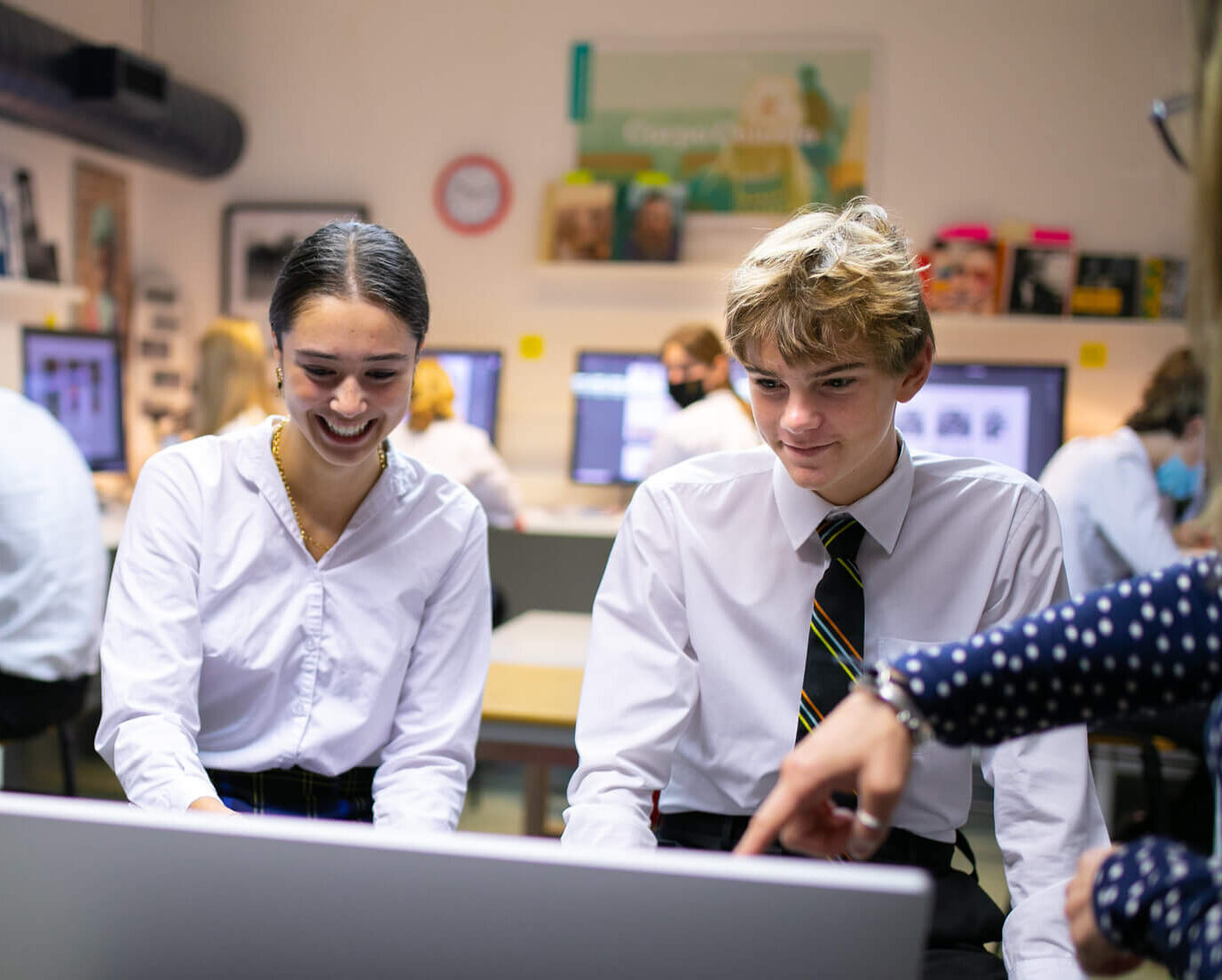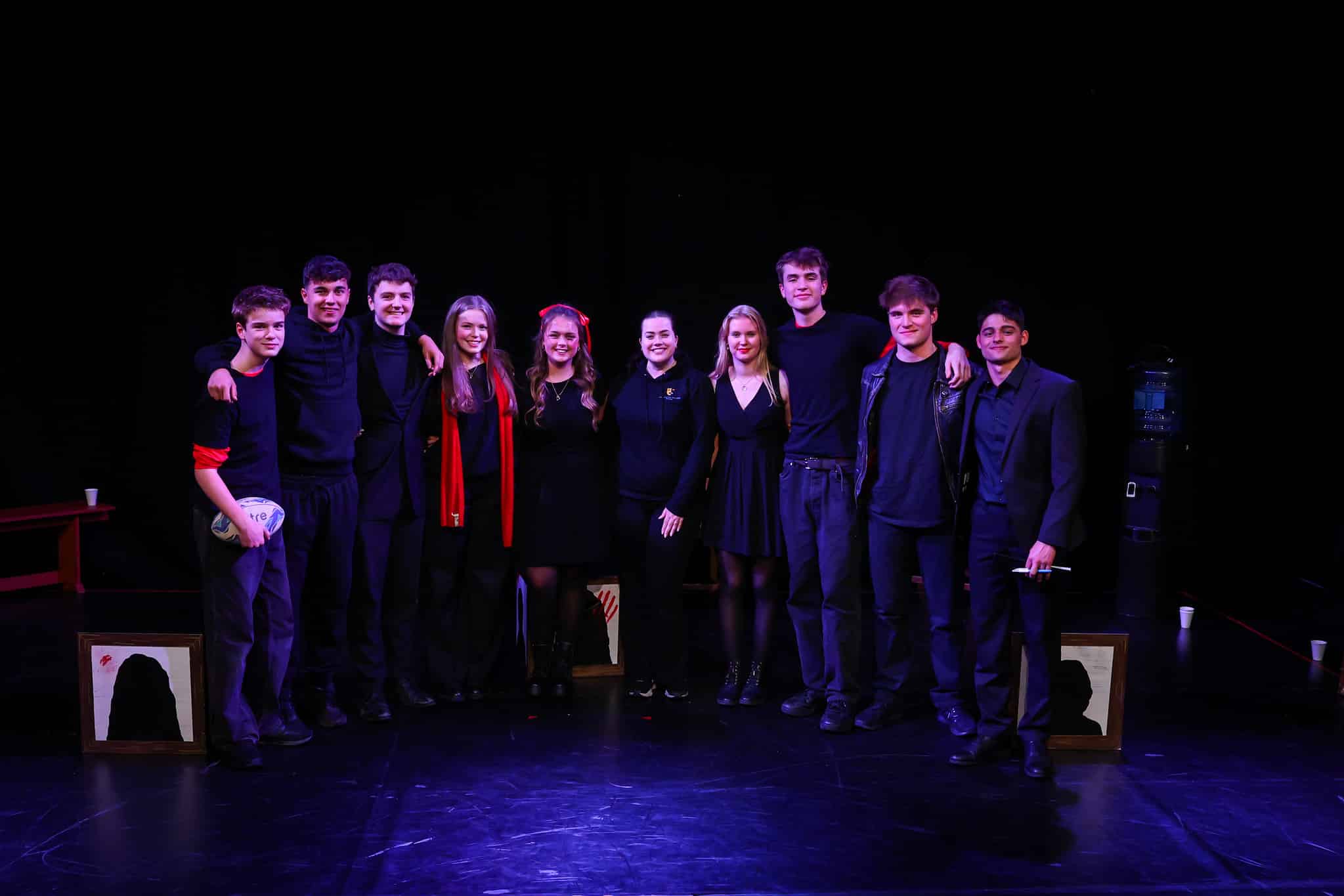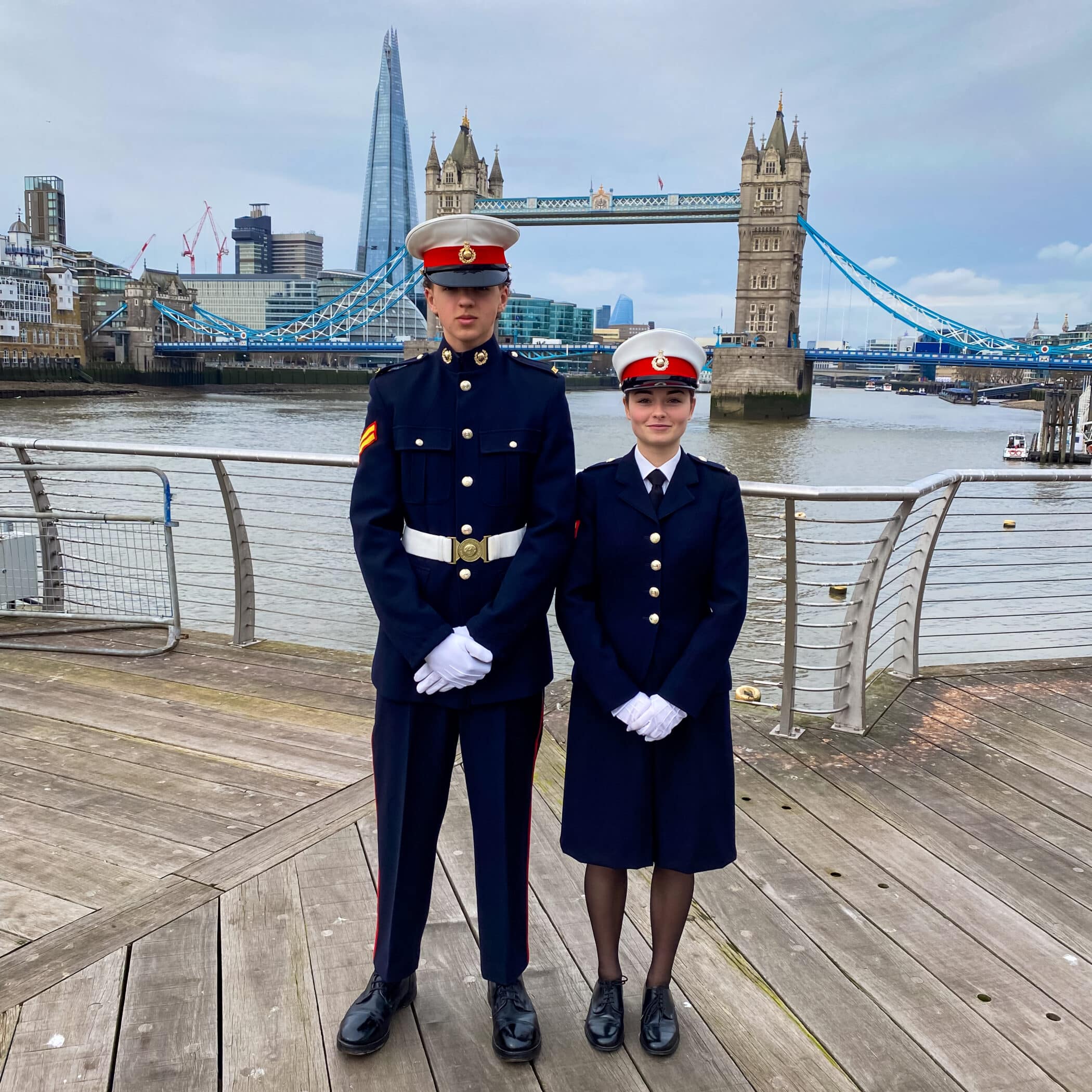
The Week Independent Schools Guide 2021
The International Baccalaureate explained. Around 4,500 students take the IB Diploma in the sixth form every year. But what are its advantages and how does it compare to A levels?
What is the International Baccalaureate?
The International Baccalaureate (IB) organisation is a non-profit foundation that offers four challenging, world-class education programmes for students aged three to 19. In the UK, it is studied mainly by young people in years 12 and 13 as an alternative to A levels.
The most popular IB programme in the UK is the Diploma Programme, which comprises six subject groups studied over two years. These groups are: languages and literature, language acquisition, individuals and societies, sciences, mathematics and the arts. Students tend to study three subjects at advanced level, and three at standard level. They also do a theory of knowledge component to develop critical thinking and a 4,000-word extended essay.
There is also an IB Career-related Programme for 16 to 18-year-olds, which gives an academic grounding with career-related study.
How many students take it every year?
The IB is offered by 5,300 schools in 158 countries worldwide and is studied by 1.4 million students. There are currently 130 IB World Schools in the UK, 60 per cent of which are in the independent sector, and most of which offer the Diploma Programme. About 4,500 students in the UK take the Diploma or Career-related Programme every year.
Some UK independent schools offer only the IB while others have a twin track and give sixth formers the choice of IB or A levels.
How does it compare to A levels?
“Comparing the IB with A levels is like comparing apples with pears,” says James Dahl, master of Wellington College. A levels allow students to study three or four subjects in depth, while the IB is more about breadth and depth, allowing young people to continue studying subjects they enjoy alongside those that will shape their university degree or career choices. And while A levels are usually assessed with end-of-course (or terminal) examinations, the IB has a more multilayered approach, with coursework and other assessment elements as well as examinations.
“A levels are challenging and can have more meat to them if you choose a difficult combination of subjects, such as further maths and the sciences,” says Mr Dahl. “But the IB also offers challenging combinations and probably involves slightly more work over the two years because of the breadth of subjects, constant coursework and the extended essay. So, it’s not really a fair comparison to say one is harder than the other – they are just different.”
What do schools think of the IB?
Sevenoaks School has offered the IB Diploma to sixth formers for 40 years and is one of the most successful IB schools in the world. Headmaster Jesse Elzinga says the decision demonstrates the innovative, global and forward-looking tradition of the school.
“The IB offers breadth and a balanced education which other qualifications do not offer,” he says. “Every student at Sevenoaks takes English, maths, a science and a language. We believe that, at 15 or 16, pupils are too young to give up core subjects such as English or maths. The working world of today requires young people to be independent thinkers with good interpersonal skills.
“It is also too young to close doors to university by making decisions too soon. The IB allows young people to keep their options open while developing in their teenage years.
“Sevenoaks currently has students from 46 countries in the sixth form, and this is partly due to the IB and the global perspective and appreciation.”
What makes it popular with students?
Sixteen-year-old IB student Gabrielle Deegan is studying English, French and politics at higher level and Spanish, maths and environmental systems and societies at standard level at Wellington College and plans to study law at university. “I love the more varied scope of subjects,” she says. “We have a friendly rivalry at school between students doing A levels and the IB, and we each think we are doing the best set of qualifications. I absolutely love the IB. It has made me a more versatile thinker and learner.”
Rhiannon Durant, 19, completed the IB at Sevenoaks School and is now studying biochemistry at the University of Oxford.
“The IB is challenging but it prepared me for the style of learning at university, where self-discipline and initiative are essential for success,” she says. “The breadth of the programme is a unique asset, allowing me to continue studying subjects such as Mandarin, which I would have otherwise had to drop. The extended essay and coursework gave me confidence in expressing my ideas and analysing academic research. Most importantly, the IB developed my open-mindedness, international outlook and ability to think critically – essential skills for living in the modern world.”
Is the IB recognised by universities?
Very much so. “Universities are very positive about applicants holding the IB Diploma qualification because of its depth and breadth,” says Dr Peter Fidczuk, the International Baccalaureate organisation’s development and recognition manager for the UK and Ireland.
“The theory of knowledge component develops critical thinking and the extended essay is a 4,000-word research project, so IB students are already prepared and confident in approaching any assignments they will receive in year one of their undergraduate courses. To put it in a nutshell, they are ‘university ready’ and statistics show that they have a very high continuation rate from year one to year two of their degree courses as well as a high completion rate and excellent results.”
Is the IB restricted to older pupils?
No. The IB’s suite of qualifications includes the Primary Years Programme (PYP), a child-centred approach designed to build confidence, creativity and learning skills for three to 12-year-olds, and the Middle Years Programme (MYP) for 11 to 16-year-olds, which comprises eight subjects and focuses on approaches to learning, key and related concepts and independent learning projects.
Published March 2021









